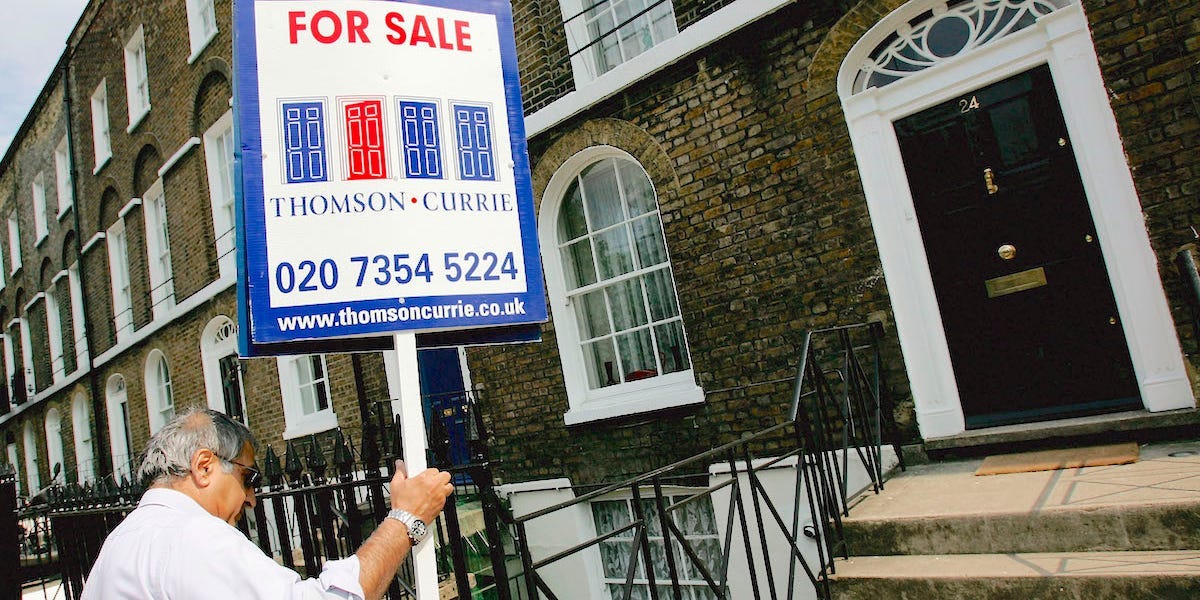The spree quickly snapped up most of the country’s available supply, and the record-breaking inventory drought led owners to demand higher and higher prices.
In many ways, this market resembles the state of play in 2005 and 2006, which was the peak of a previous bubble that burst, to disastrous effect.
For one, the current market is supported by a far more robust lending system compared to the loose underwriting process that became the 2008 market’s downfall, Frank Nothaft, chief economist at CoreLogic, told Insider.
Another key difference is that since 2008, the housing market hasn’t had enough inventory, even before 2020’s record drop.
Yet decades of meager wage growth and the widespread housing shortage are worsening an affordability crisis that predates the pandemic and slamming the brakes on their ambitions to own homes.
On April 26, lumber prices jumped to over $1,400 per thousand board feet, an all-time high and a 325% increase compared to the same time last year.
Regardless of lumber’s elevated price, contractors heard the calls for greater inventory and are rushing to close the supply-demand gap.
That, coupled with a modest rebound in supply, is expected to keep the market boom alive and prices up, albeit at a slower and more sustainable pace, according to Jefferies analysts.
Powell remains optimistic that accelerated construction will eventually normalize the red-hot market.
Hillary Hoffower contributed reporting.
